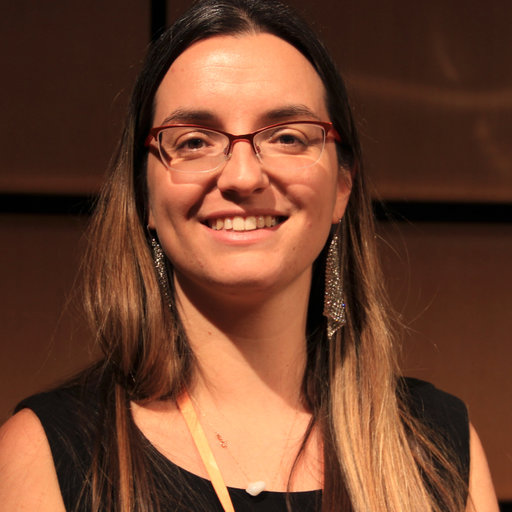AI has transformed healthcare - as far back as 2006 it could take AI up to a week to correct a fetal MRI image from motion artefacts, now it takes under an hour. Faster processors, faster servers and smarter algorithms all mean that AI has come close to clinical practice in healthcare and radiography, says Dr Christina Malamateniou, postgraduate programme director for radiography at City, University of London.
Yet radiographers are ‘divided about the impact AI’ according to a survey that will be published by the university later this year. Dr Malamateniou, who is also chair of the AI working group for the SCoR, does not have the answer to this question, but what she can do is prepare students for the future. ‘This is our responsibility as academics to prepare our students for safe and efficient radiographic practice, all for the benefit of the patients’, she adds.
Radiologists have already created AI teaching provisions and Dr Malamateniou believes it’s now time for radiographers to open up to the opportunities lying ahead. She has seen a lack of participation and visibility of radiographers in this area and believes it’s time for a change.
The module she has developed, called Introduction to Artificial Intelligence for Radiographers, runs as a single CPD module or can be chosen as an elective module for a postgraduate radiography degree at City, University of London.
‘There is interest and participation from all over the world in the new module, as it is the first of its kind in the UK and Europe’, she said.
‘We are using a mix of case studies with researchers and academics who have worked on AI in radiography, so students have on-the-ground examples, not just generic theoretical discussion.
‘We have the computer science department from City University joining hands with us to deliver an online workshop on AI and algorithms in order to disentangle this black box for radiographers.
‘We also have a huge event with manufacturers of AI solutions including software and hardware taking place as part of this programme. Our students will be exposed to the wide range of products and terminologies of AI.’
This is important, she says, because in the future it will be radiographers who will be procuring these products and hopefully they will also have a role in quality assurance and quality control.
While she cannot predict what the future will look like exactly, Dr Malamateniou says she does have an idea of what to expect.
‘For the first few years, when AI started revolutionising healthcare and medical imaging, we had been very reluctant as a profession to recognise the changes it might bring, partly because we are very confident with technological innovations, being one of the most technology-enabled healthcare professions.
‘However, it is time we realised that AI is affecting radiography and its practice unlike any other innovation before, and, consequently, it impacts the service our patients receive. The reality is that AI technology is changing so fast that the tolls, software and hardware which students are being exposed to now could be totally different in five years.’
AI can already help with radiographer workload by reducing waiting times for scans, prioritising patients and examinations, detecting problems earlier and supporting the continuation of care. Potential future roles for radiographers include quality and safety assurance of new products, data science and clinical entrepreneurship and innovation.
‘AI is not new but it is not really there yet to provide all the technological solutions to the bigger problems we have’, says Dr Malamateniou. To be effective in helping to reduce staff shortages as well as other complex clinical problems, AI will need to become ‘clinically usable’, ‘explainable’ and ‘useful’.
‘It will transform the workforce requirements in the future. Some jobs might become redundant, but new jobs will take their place. There will be more complex algorithms to discover, explore, discuss, evaluate and validate, but more specialised staff will be needed to do that and appropriate AI training will be vital in that respect.
‘We also have an obligation to lead research in AI that will shape the medical imaging services of the future. Our unique skill mix of technology and patient care puts us in an advantageous position.
‘We are vastly involved with the technology of medical imaging, so we should be the ones driving AI forward, for the benefit of our patients.’
Find out more about the City's AI courses.
